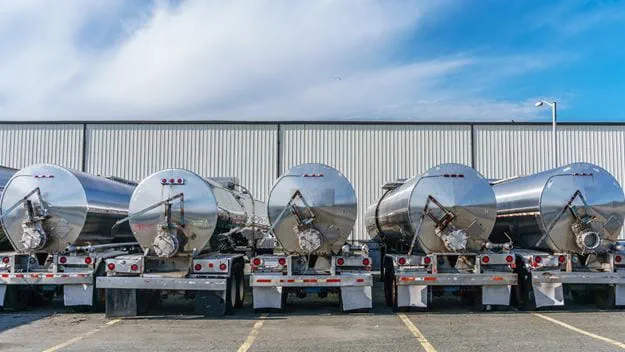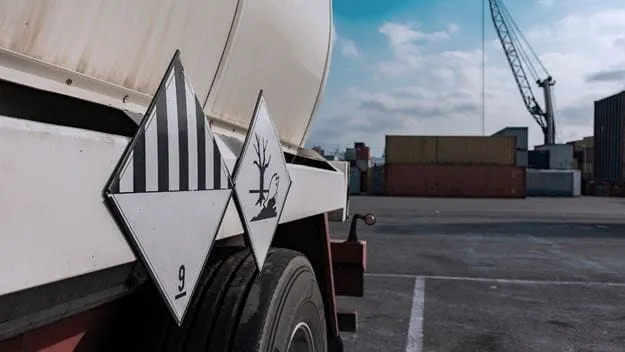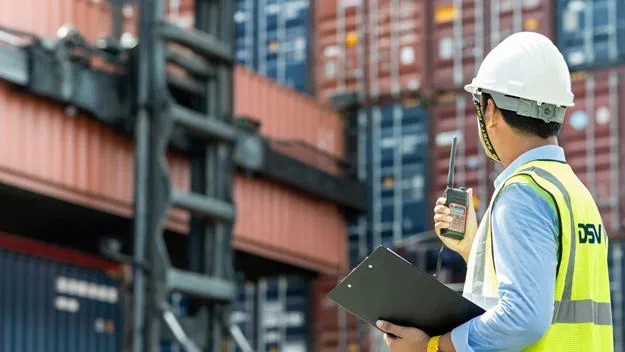In compliance with regulations
When transporting dangerous goods, each mode of transport has their own set of regulations to control the transport of dangerous goods, but dangerous goods transport by air offers the greatest risk of harm, injury, and damage in the event of an incident. It is therefore essential to comply with the only legal material, the International Civil Aviation Organisation (ICAO) Technical Instructions for the Safe Transport of Dangerous Goods by Air.The International Air Transport Association (IATA) which represents the world’s leading airlines, publishes the IATA Dangerous Goods Regulations which are based on the ICAO Technical Instructions for the Safe Transport of Dangerous Goods by Air, and places responsibilities on everyone that intends to take or ship dangerous goods on an aircraft, or those that are involved in this facilitation. This includes operators, shippers, freight agents, handling agents, couriers and passengers.
Additional requirements
At DSV, we specialise in the transport of dangerous goods by air on both cargo and passenger aircraft, recognising the additional requirements for transport compliance. Although global shipments may arrive quicker than by sea, the permitted volumes and package sizes of dangerous air cargo are reduced due to the size of an aircraft, and in some instances, some dangerous goods are forbidden.
Although Limited Quantity provisions apply for air transport, unlike other modes of transport, packaging must meet certain specifications and be capable of specified drop and stacking tests. Limited quantity packaging is combination packaging with an inner package inside an outer package, both must be constructed according to the same specifications as UN specification packaging. The main difference being the testing of the package. Limited quantity packaging must be capable of withstanding a 1.2 metre drop test without leakage, and be capable of withstanding, without breakage or leakage a 24 hour stacking test.
Learn more about our air freight services.
You may also be interested in
Any questions?
Our experts are ready to help. Get in touch and we'll find the solution you need.





